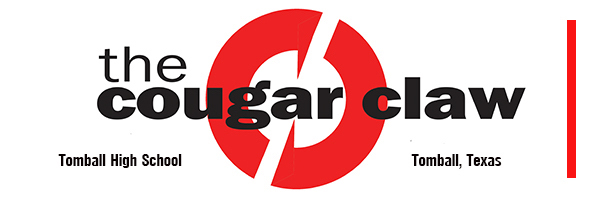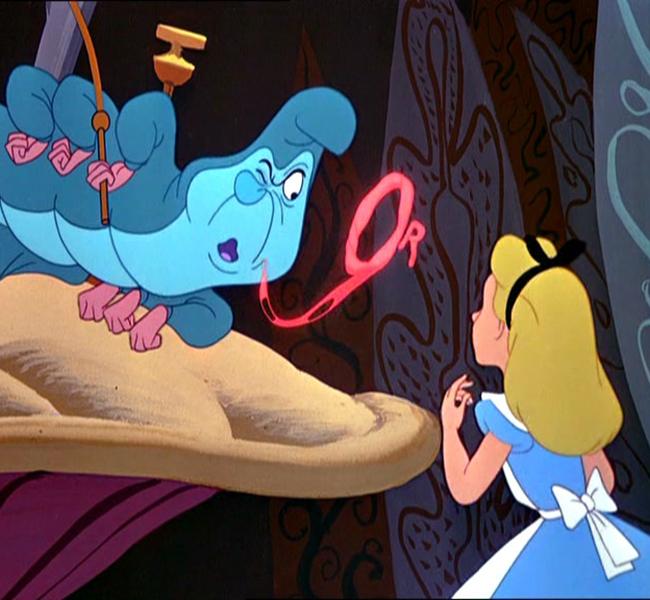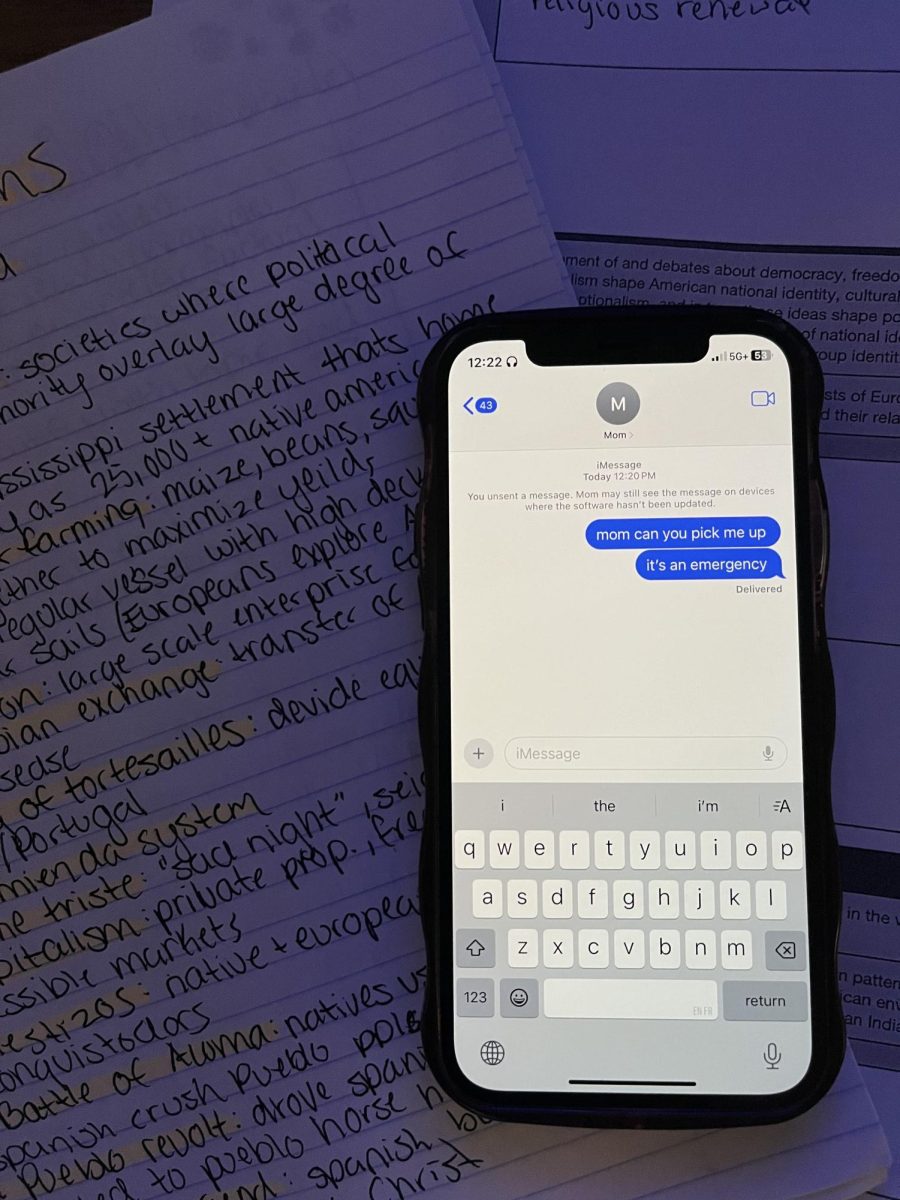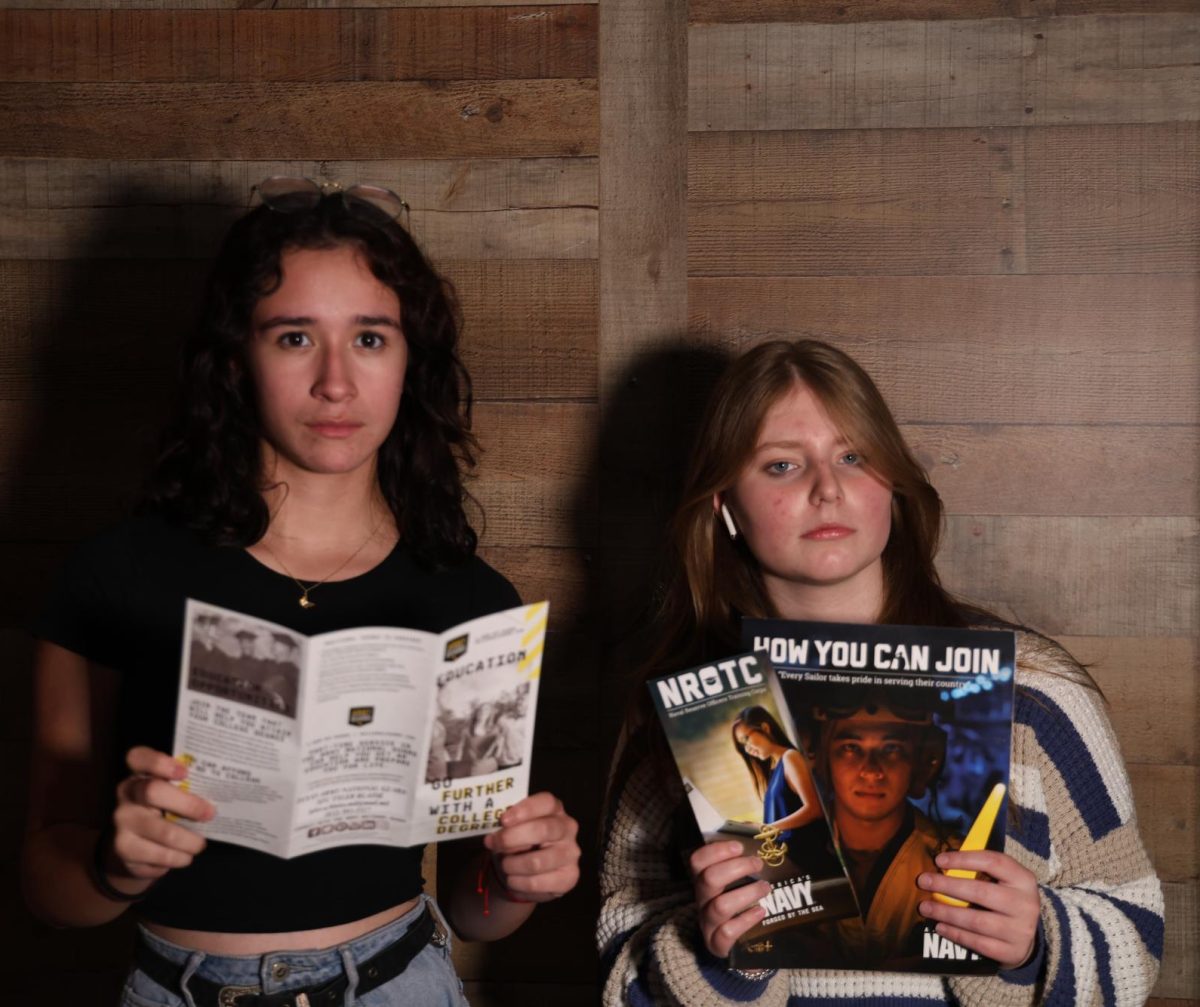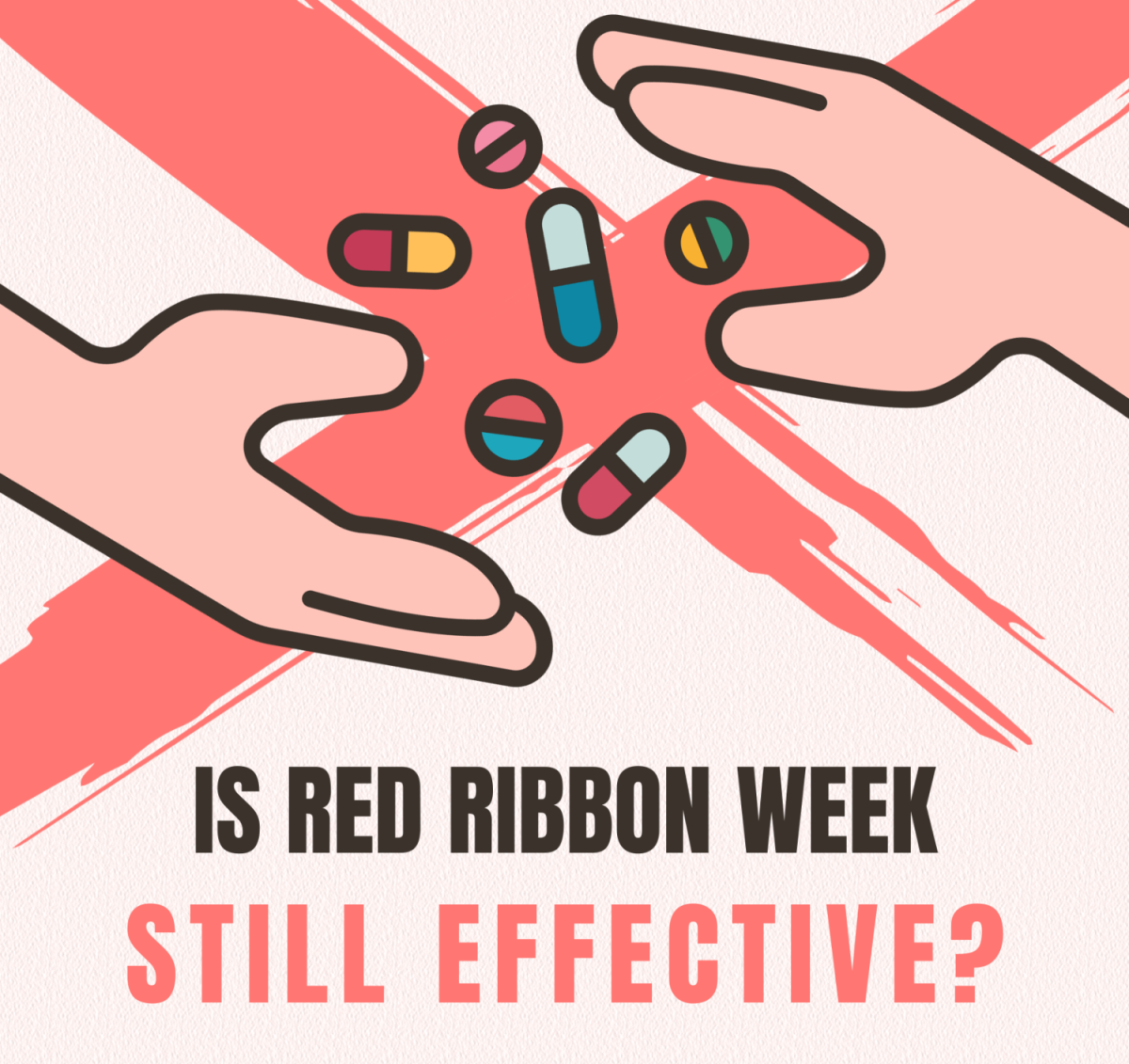Do any of you remember how you first found out what a cigarette was? How about the first time you saw someone drinking a beer? You could’ve been exposed to these things through relatives or family members or even the media.
One contributor to such knowledge for small children, believe it or not, is children’s cartoons. Such things can be found in cartoons such as Regular Show, Spongebob, Pinocchio, and, the most obvious, Alice In Wonderland.
Admittedly, there wouldn’t be much to that story without any substance abuse and excessive drinking- but Disney makes it look way too appealing for having such a young audience.
It’s like watching a three hour long advertisement for LSD. For example, shrinking and growing in size is sometimes a side effect to using LSD, and let’s face it; what child isn’t eager to get taller?
It’s a pretty good marketing technique- very creative. But when held up to the light, it’s actually a pretty dark concept, because the more it’s looked at, the more it looks like propaganda.
But society probably wouldn’t realize it because they’re too busy focusing on all the “pretty colors”, because propaganda appeals to emotion, rather than reason.
And it’s a scary thing for someone realizing that they’re just another statistic and the reason they do drugs is because they were receiving these weird subliminal messages in the form of cartoons. Then they grow up and spend their money on cigarettes, and a percentage of that goes to the government. Isn’t it a coincidence that the government benefits from self harm?
According to a study at Dartford University, viewing smoking in movies may influence the decision to smoke in more than a third of children. Kids are being exposed to it as a form of entertainment and depending on their age, they might not even realize they’re beginning to idolise it.
The “Pink Elephants” song from Dumbo is a favorite amongst children, although its name has a double meaning. “Seeing pink elephants” is actually a euphemism for having a drunken hallucination.
What a coincidence that the the little baby elephant was drunk throughout this whole segment and yet parents and children alike find it “cute”. Maybe it will encourage children to look forward to a different type of pastime because seeing shape shifting pink elephants singing and dancing doesn’t seem wrong at all.
According to Dr. Linda Titus-Ernstoff, most of children’s introduction to drugs comes from youth-rated movies, so that doesn’t even include rated-R movies that children just so happen to see.
According to a study in Liverpool at John Moores University, the majority of children in a 250 person study are starting to smoke by the age of 12. It certainly isn’t a mystery as to why, when we let them watch characters such as Pinocchio smoking because he’s trying to be like a “real boy”.
It is the responsibility of the prior generations, whether they be parents or even older siblings who know better, to overlook and guide a child in the right direction. How would you like to know that you personally had a hand in influencing a small child to believe that they should look forward to acid trips for the rest of their lives?
Now, this does not mean that children should be shielded from the world, because they are going to find out about this stuff sooner or later. But this subject should not be presented to small children in such an entertaining way.
They should be learning that drugs and alcohol are dangerous to their health, not that they can have wild hallucinations as a form of spending time with their friends as they do in Regular Show. They should have someone to tell them about the negative aspects of drugs, not just watching people on tv having fun with it.

